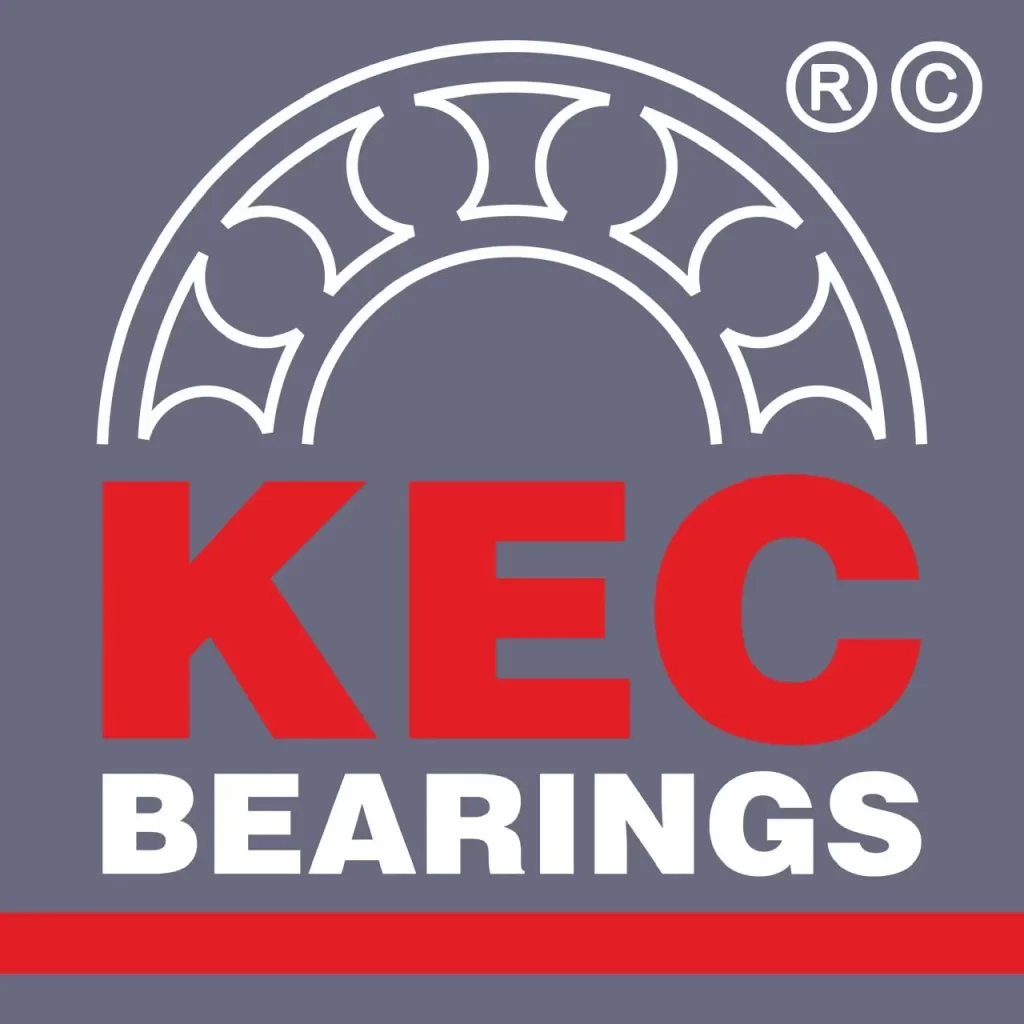Introduction
Bearings are pivotal components in a vast array of mechanical systems, enabling smooth, efficient movement by minimizing friction between moving parts. The manufacturing process of bearings is a meticulous and highly precise endeavour. This blog delves into a comprehensive technical overview of the intricate steps involved in bearing manufacturing.
1. Material Selection
The foundation of high-quality bearings lies in the selection of superior raw materials. The materials commonly used include:
- Steel Alloys: Renowned for their exceptional strength, durability, and resistance to wear, steel alloys are the most widely used in bearing production. The high carbon content enhances hardness, making them ideal for heavy-duty applications.
- Ceramics: Selected for their outstanding performance in high-temperature environments and low friction properties, ceramics are perfect for specialized applications such as aerospace and medical devices. Their lightweight nature and corrosion resistance further add to their appeal.
- Polymers: These materials are chosen for applications requiring lightweight, corrosion- resistant bearings. Polymers offer flexibility and can be engineered to meet specific performance criteria, making them suitable for use in industries like automotive and electronics.
2. Forging and Forming
Once the material is selected, it undergoes a forging process. This involves heating the metal to a pliable state and then shaping it into rough forms of inner and outer rings. Forging refines the metal’s grain structure, enhancing its strength and durability. The formed pieces are then cooled and prepared for the next stage.
3. Machining
Machining transforms the forged blanks into precision components with exact dimensions. This stage comprises several meticulous processes:
- Turning: This process shapes the outer profile of the bearing rings on a lathe. Precision turning ensures the correct diameter and concentricity of the rings.
- Boring: Boring enlarges the inner diameter of the rings to precise specifications, ensuring a perfect fit with other components.
- Grinding: Grinding refines the surface finish and ensures the rings meet tight dimensional tolerances. High-precision grinders achieve the smoothness required for optimal bearing performance.
4. Heat Treatment
Heat treatment is a crucial step that enhances the mechanical properties of the bearing components. The steps involved are:
- Quenching: The components are heated to a high temperature and then rapidly cooled in oil or water. This process hardens the material, significantly increasing its wear resistance.
- Tempering: Post-quenching, the components are reheated to a moderate temperature to alleviate internal stresses and reduce brittleness. This balance of hardness and toughness is essential for bearing longevity.
5. Precision Grinding and Superfinishing
Precision grinding is carried out to achieve the exact tolerances and surface finishes required for the rings and rolling elements. Superfinishing follows, employing fine abrasive techniques to further enhance surface quality. This process is vital for reducing friction, ensuring smooth operation, and extending the life of the bearing.
6. Assembly
In the assembly phase, the meticulously crafted components are brought together. The inner and outer rings, rolling elements (such as balls or rollers), and cages are assembled with precision. Lubricants are applied to reduce friction and prevent wear, ensuring the bearing operates smoothly under various conditions.
7. Quality Control and Testing
Each bearing undergoes rigorous quality control checks to ensure it meets stringent specifications. The testing includes:
- Dimensional Inspection: Advanced measuring instruments verify the exact dimensions and tolerances of the components.
- Performance Testing: Bearings are subjected to simulated operating conditions to assess their performance, durability, and reliability.
- Noise and Vibration Analysis: This test ensures that the bearings operate quietly and smoothly, a critical requirement in applications like precision machinery and electric motors.
8. Packaging and Shipping
Once the bearings pass all quality checks, they are cleaned and coated with protective substances to prevent corrosion. They are then carefully packaged to safeguard against contamination and mechanical damage during transportation. Proper packaging ensures the bearings reach their destination in optimal condition.
Conclusion
The manufacturing of bearings is a complex process involving a series of precise steps, each contributing to the performance and reliability of the final product. Continuous advancements in materials science and precision engineering have led to more efficient and durable bearings, making them indispensable across a wide range of industries, from automotive to aerospace.
Contact Us
KEC Bearings Pvt Ltd
G-2408A, F2 Road, Almighty Gate, Lodhika GIDC, Metoda – 360021, Rajkot, Gujarat (INDIA)
Website: www.kecbearings.com
Email: marketing@kecbearings.com
WhatsApp: +91 9330 96 9330


Good https://shorturl.at/2breu
Good https://lc.cx/xjXBQT
Very good https://lc.cx/xjXBQT
Awesome https://is.gd/N1ikS2
Good https://is.gd/N1ikS2
Good https://is.gd/N1ikS2